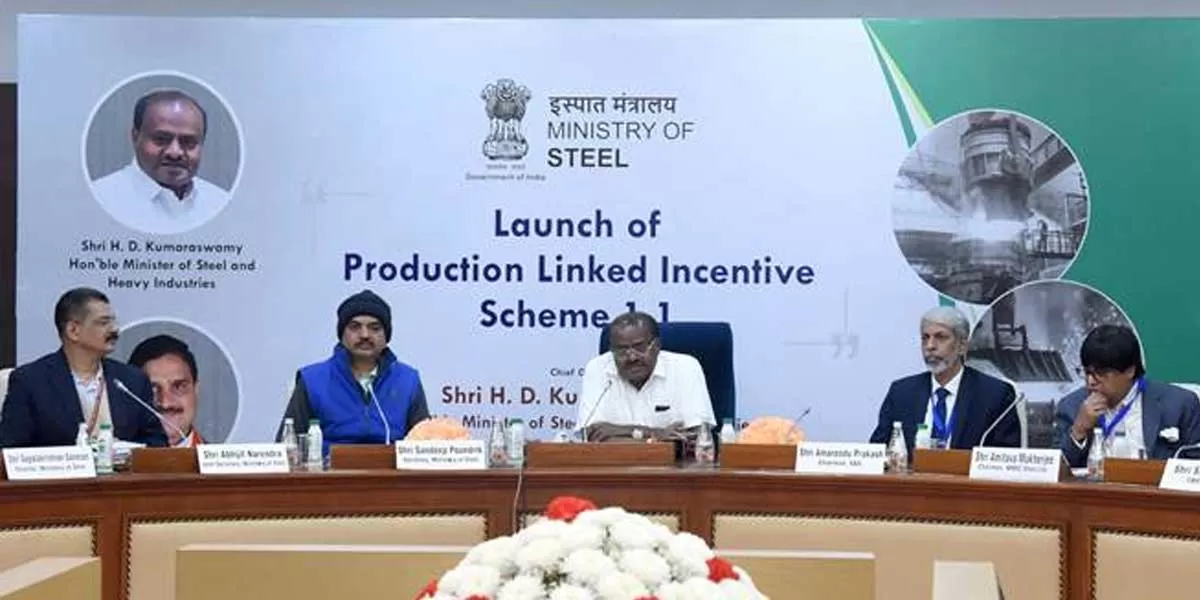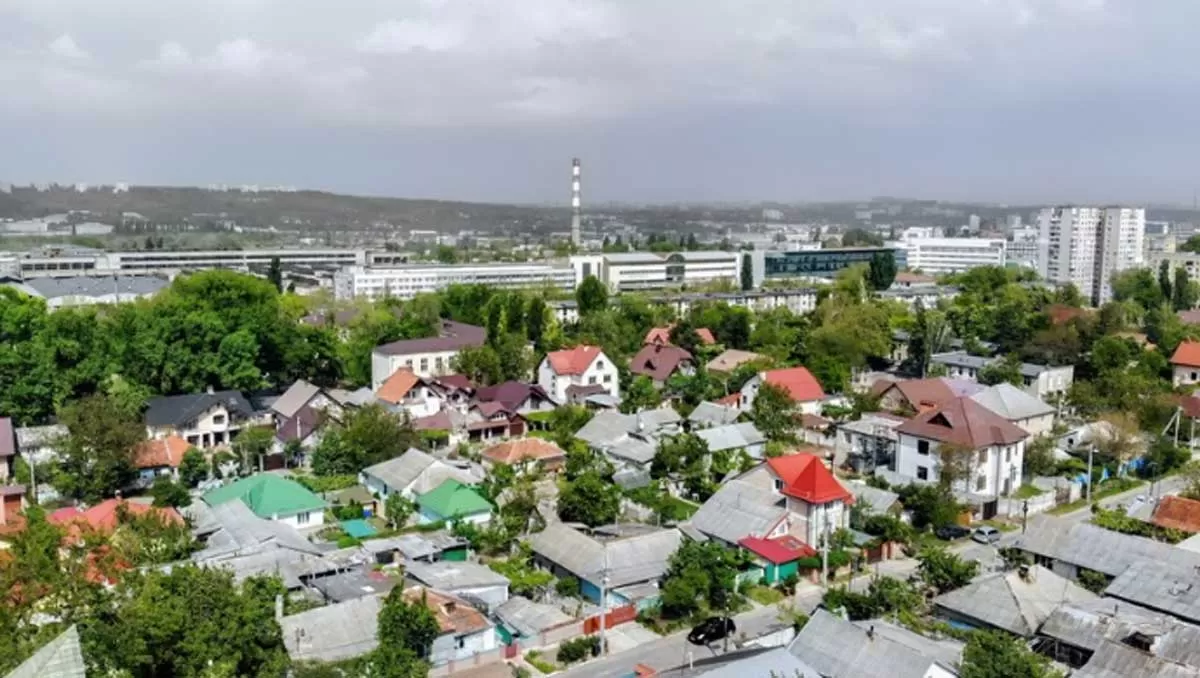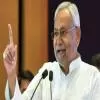
Steel Minister H.D. Kumaraswamy launches PLI Scheme 1.1 for industry
Redefine the future of urban mobility! Join us at the Metro Rail Conference 2025 to explore groundbreaking ideas and insights. 👉 Register today!

Ecom Express Appoints Kammal Daas as VP of Operations, Last Mile
Ecom Express Limited has reportedly appointed Kammal Daas as Vice President of Operations, Last Mile. Kammal will play an important role in strengthening the company’s operational capabilities and driving efficiency across its last-mile delivery process.Kammal brings over 18 years of rich experience in operations, logistics, and supply chain management. Most recently, he served as Vice President of Operations at Licious, where he led mid-mile delivery operations and managed procurement logistics. His career highlights also include leadership positions at Flipkart and Walmart India, where he ..

MHADA Eases Financial Burden: Maintenance Fees Post-Possession Only
In a landmark policy reform, the Maharashtra Housing and Area Development Authority (MHADA) has announced that maintenance charges and property taxes for scattered housing units and plots will now only be applicable from the date of possession. This move, led by IAS officer Sanjeev Jaiswal, Vice President and CEO of MHADA, is a significant relief for beneficiaries of its housing schemes.Previously, beneficiaries were required to pay these charges from the date of allotment, even if possession was delayed. This often placed an unfair financial burden on individuals while properties remained und..

Banks and Infra Finance Firms Urged to Collaborate for Major Projects
M Nagaraju, Secretary of Financial Services, on Monday highlighted the importance of collaboration between banks and infrastructure finance companies to finance large-scale infrastructure projects. He stressed the need for shifting focus from completed projects to greenfield ventures, which will drive fresh asset creation. Nagaraju spoke at the National Summit on Indian Infrastructure for Viksit Bharat 2047, organised by the Indian Infrastructure Finance Company Ltd (IIFCL). He also emphasised the need to protect infrastructure projects from corruption and fraud. He pointed out that infrastr..















